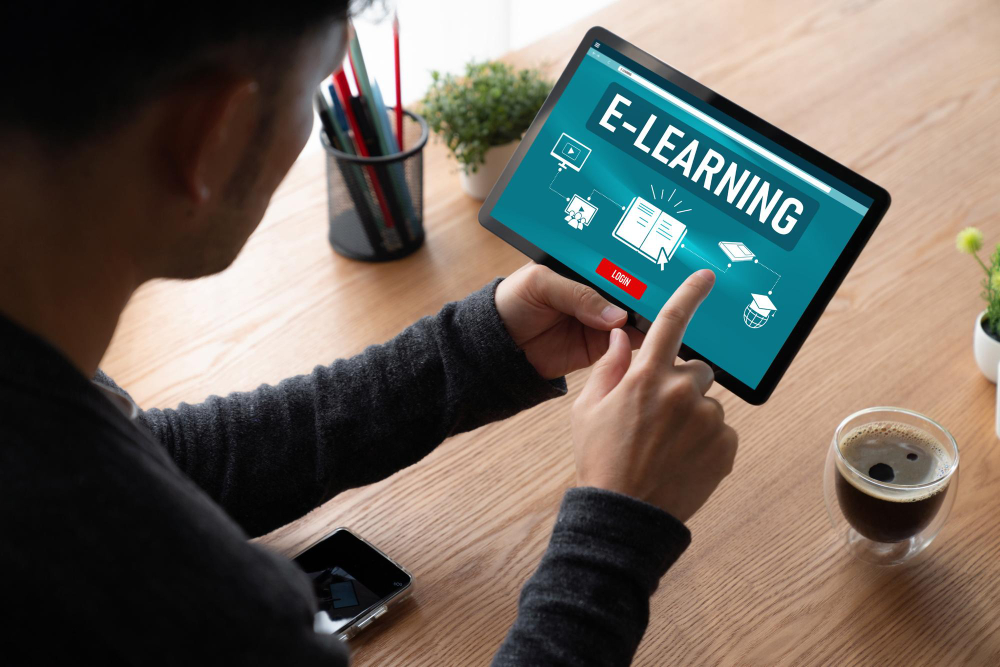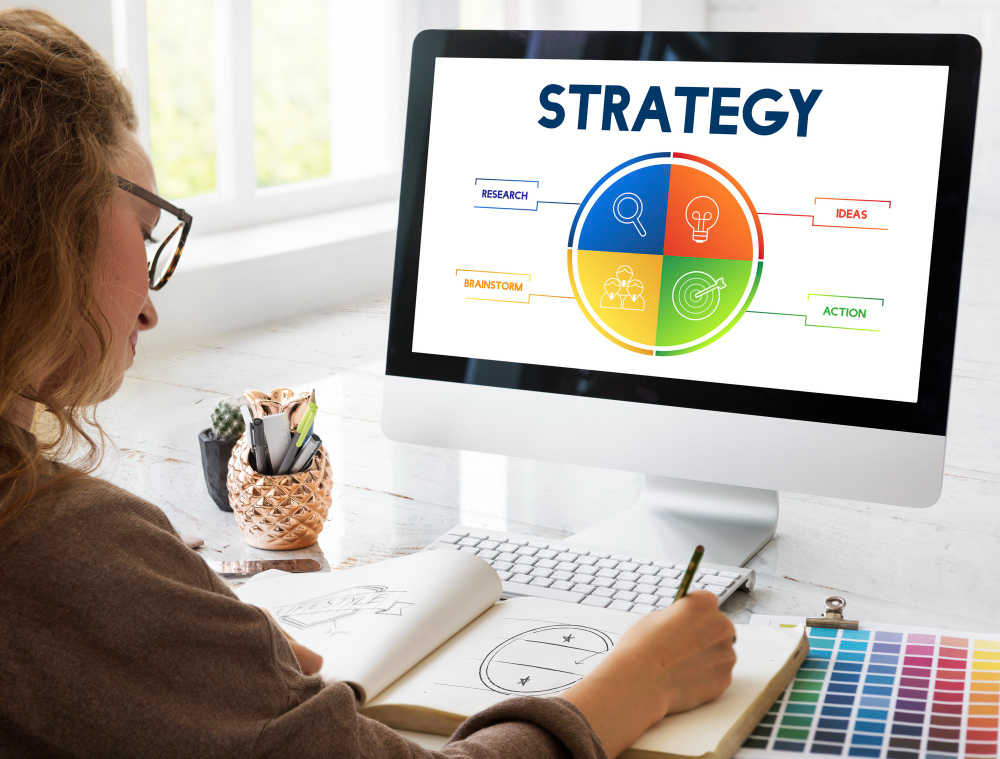
Thursday, 20Nov 2025
Adaptive Learning Technology Transforms Educational Personalisation: Creating Tailored Pathways for Every Student
Beyond One-Size-Fits-All Education Adaptive learning technology transforms…

Saturday, 13Sep 2025
eLearning instructional design strategies aren’t just buzzwords—they’re the secret sauce that transforms static content into learner-centric, high-impact journeys. At Learning Owl, we understand that your learners’ success begins with smart, strategic design. Ready to dive into the how?
Imagine completing a course and feeling genuinely inspired—not just informed. That’s what powerful instructional design delivers.
Let’s face it: Grabbing and keeping attention is tougher than ever. That’s where eLearning instructional design strategies come in—they guide how content is structured, delivered, and experienced to maximize retention, engagement, and real-world impact.
When you build learning with structure and empathy, learners don’t just consume—they connect, reflect, and apply.
To truly excel, ground your strategy in these foundational principles:
Adults thrive when learning feels relevant, self-directed, and experiential. Tie concepts to real tasks, activate prior knowledge, and design learning as an active, constructive process.
Aim for more than recall. Your strategy should guide learners from understanding toward evaluating or creating—tailoring strategy to outcome.
Chunk content strategically. Use interactive elements to maintain focus. Keep tasks within manageable cognitive effort, motivating learners through relevance and autonomy.
When strategies align with learning goals, comprehension deepens—turning knowledge into lasting understanding.
Strategies like scenario-based learning, storytelling, and gamification actively involve learners, anchoring content in memory.
Design for diverse learning preferences—visual, auditory, kinesthetic—making courses accessible and inclusive.
Strategic design helps you prioritize what matters and avoid unnecessary content—saving time and effort.
Embedding analytics and feedback loops enables continuous refinement and evolving impact.
There are countless ways to design an engaging learning experience, but some strategies consistently stand out because they work across industries, subjects, and learner groups. Let’s break down the most effective eLearning instructional design strategies in simple terms:
Think of this as having a friendly coach inside your course. A guide—often shown as a character, avatar, or even a voice—walks learners through new concepts step by step. Instead of dumping all the information at once, the guide explains, prompts, and asks questions, making the learning feel more personal and less overwhelming.
Best for: onboarding programs, software tutorials, or introducing complex processes.
This strategy is like a “choose your own adventure” story. Learners face real-life situations, make decisions, and immediately see the consequences of their choices. It’s a safe space to practice problem-solving without risking real-world mistakes. For example, a sales training course might let learners handle different types of customers and test their negotiation skills.
Best for: compliance training, customer service, leadership, and soft skills development.
Simulations create a lifelike environment where learners can practice skills hands-on. Instead of just reading or watching, they do—whether it’s operating machinery, performing medical procedures, or practicing flight maneuvers in a virtual cockpit. The biggest benefit is safety: learners can make mistakes and learn from them without real-world consequences.
Best for: technical training, safety drills, healthcare, and aviation.
In this approach, learners aren’t handed everything upfront. Instead, they explore a virtual environment and uncover information at their own pace. Imagine walking through a digital museum where you can click on exhibits to learn more. It puts learners in control, making them curious and engaged.
Best for: product familiarization, onboarding new hires, or immersive subject overviews.
Stories stick in our minds far better than plain facts. By wrapping lessons in a narrative—whether it’s a case study, a customer journey, or even a short comic—you connect emotionally with learners. When people relate to characters and situations, they remember the lessons longer.
Best for: soft skills, ethics, values, or training where behavior change is the goal.
Gamification turns learning into a fun challenge. Think points, badges, leaderboards, or levels that learners unlock as they progress. It adds healthy competition and motivates learners to keep going, just like playing a video game. When designed well, gamification makes even the driest topics enjoyable.
Best for: sales training, compliance (to keep it lively), or ongoing skill development.
Instead of delivering long, heavy modules, microlearning breaks content into small, bite-sized lessons. Each unit focuses on one concept and takes just a few minutes to complete. It’s perfect for today’s busy learners who want knowledge on-the-go. Imagine a 3-minute video on handling a customer complaint—quick, sharp, and memorable.
Best for: refresher training, mobile learning, and just-in-time knowledge.
Every learner is unique, so why not let them choose their own path? Personalization gives learners control over things like pace, theme, or even learning sequence. Combined with mobile accessibility, it means learners can pick up knowledge anytime, anywhere—whether during a commute or a coffee break.
Best for: organizations with diverse learners, self-paced training, and large workforce programs.
Videos combine visuals, audio, and storytelling in one powerful package. A short animated video or a real-life demonstration is often more engaging than static slides. Learners process visuals faster and retain them longer, making videos a go-to format for explaining processes or sharing inspiration.
Best for: explainer lessons, product training, or motivational learning modules.
This is the cutting-edge side of instructional design. AI can track learner behavior, suggest next steps, or even act like a personal tutor. For example, if a learner struggles with quizzes, the system can automatically provide extra practice materials. This makes the learning journey adaptive and highly effective.
Best for: large organizations, advanced LMS platforms, and learners needing real-time support.
When used thoughtfully, these strategies can be mixed and matched to create a learning experience that’s engaging, effective, and unforgettable.
With these eLearning instructional design strategies in your toolkit, you’re ready to build courses that truly stick. Begin by selecting one or two to pilot—measure outcomes, gather feedback, tweak, and expand.
Ready to transform your learning programs? Let Learning Owl help you design experiences that inspire, engage, and deliver results. Contact Learning Owl today—and elevate your learning with strategy-driven design!

Thursday, 20Nov 2025
Beyond One-Size-Fits-All Education Adaptive learning technology transforms how educational content responds to individual learner needs, creating unprecedented opportunities for personalized mastery across diverse student populations. Traditional educational approaches—standardized content delivery,…
Read More line_end_arrow_notch
Monday, 17Nov 2025
Reimagining Scientific Discovery STEM eLearning innovations transform how students engage with scientific and mathematical concepts, creating unprecedented opportunities for deeper understanding and authentic inquiry. Traditional science and mathematics education—textbook explanations,…
Read More line_end_arrow_notch
Thursday, 13Nov 2025
Beyond Checkbox Compliance Compliance training strategies transform how insurance organizations approach regulatory requirements, converting what many view as burdensome obligations into operational advantages. The insurance industry faces one of the…
Read More line_end_arrow_notch